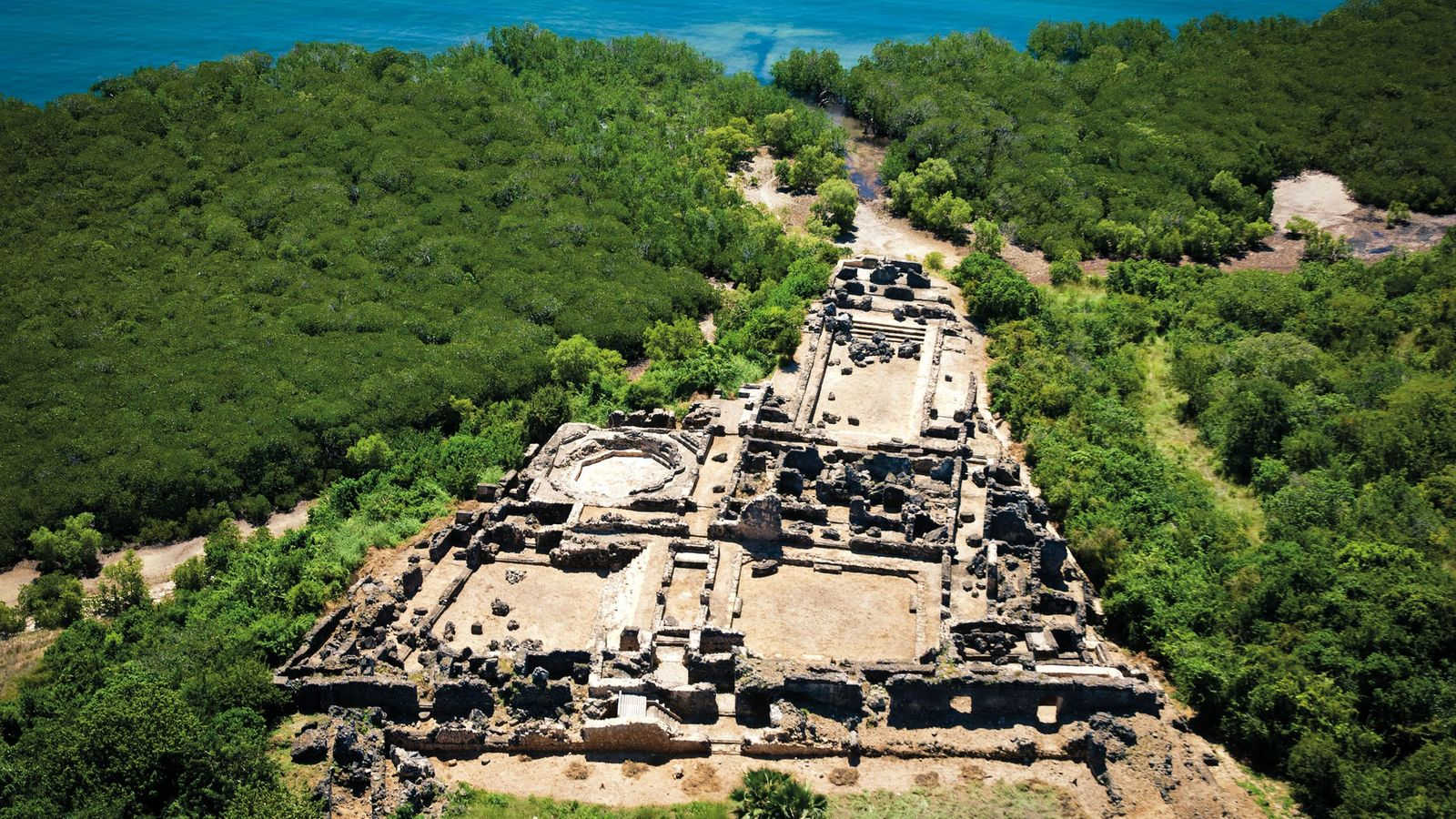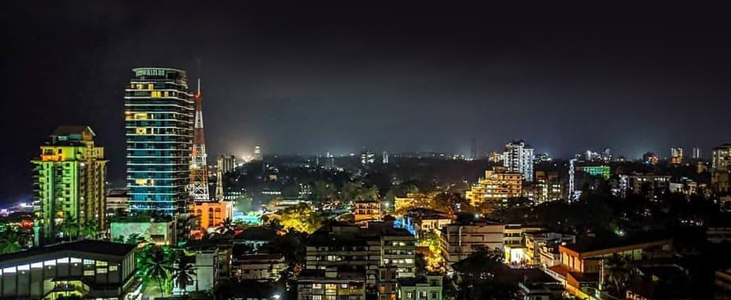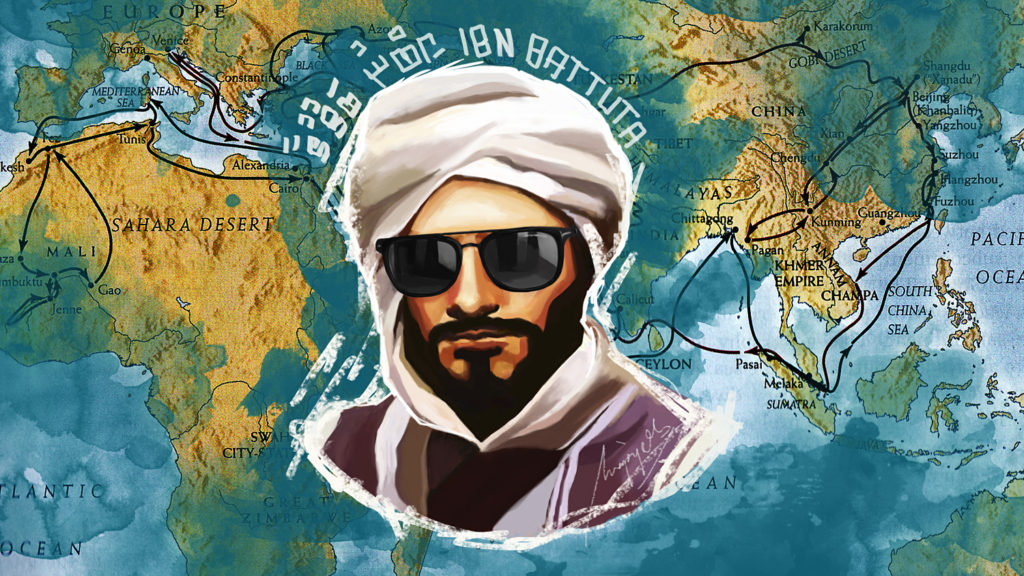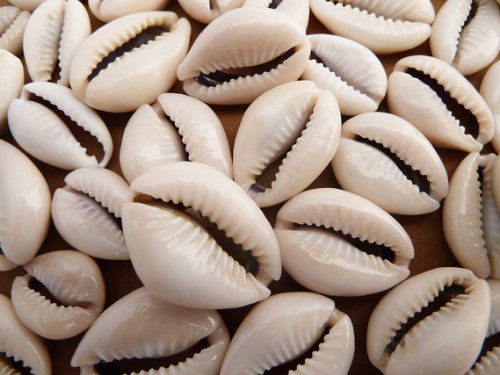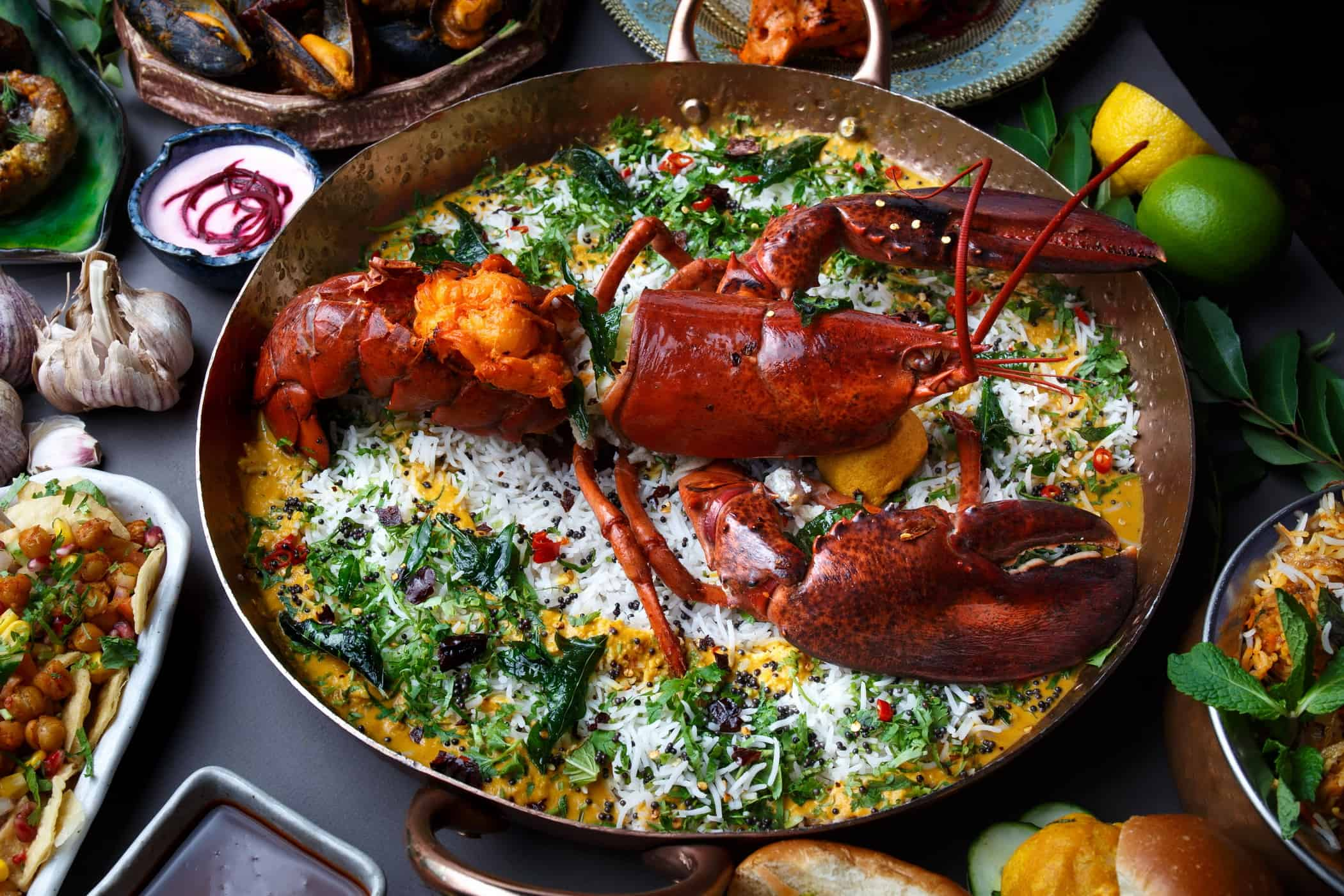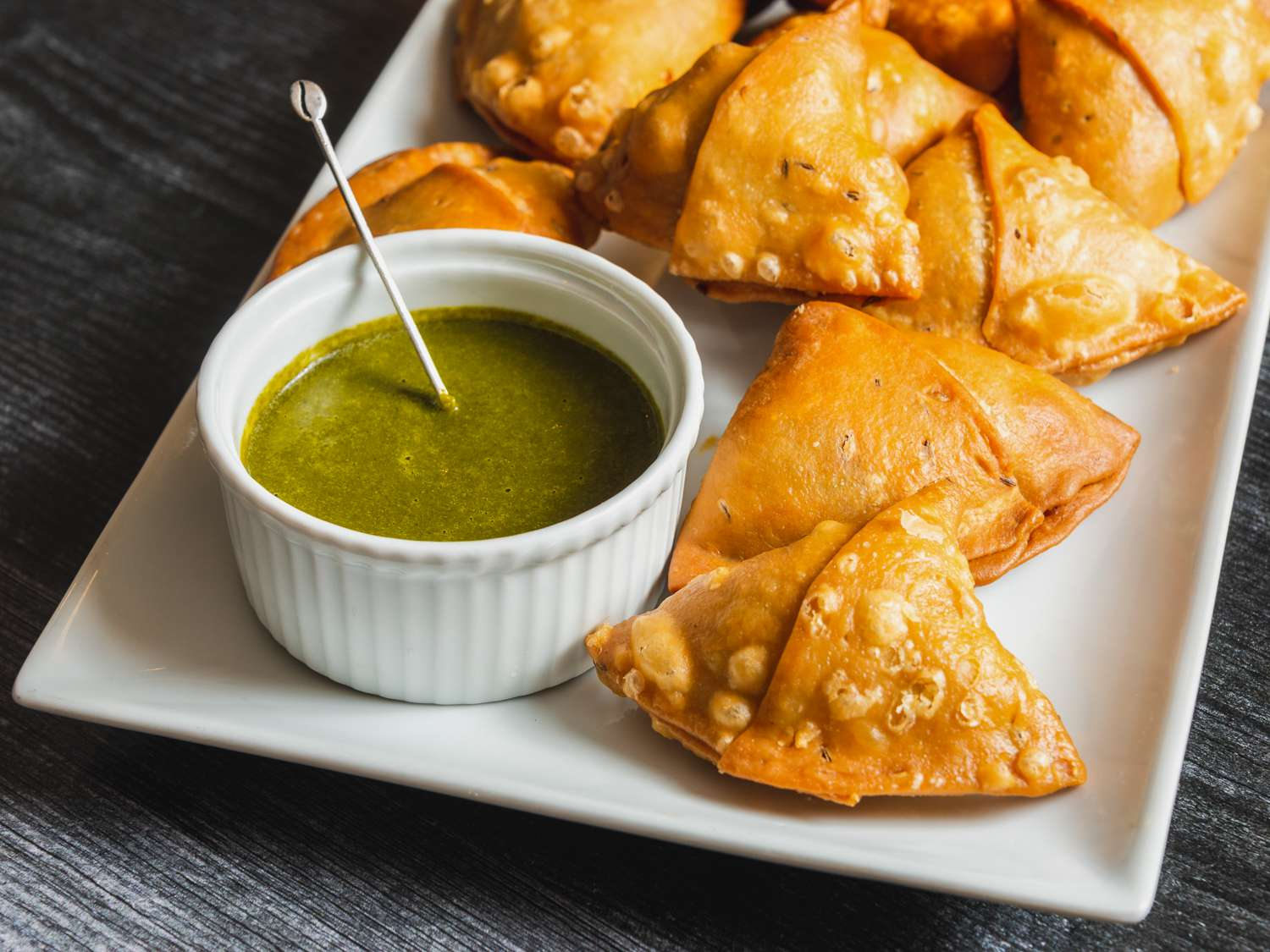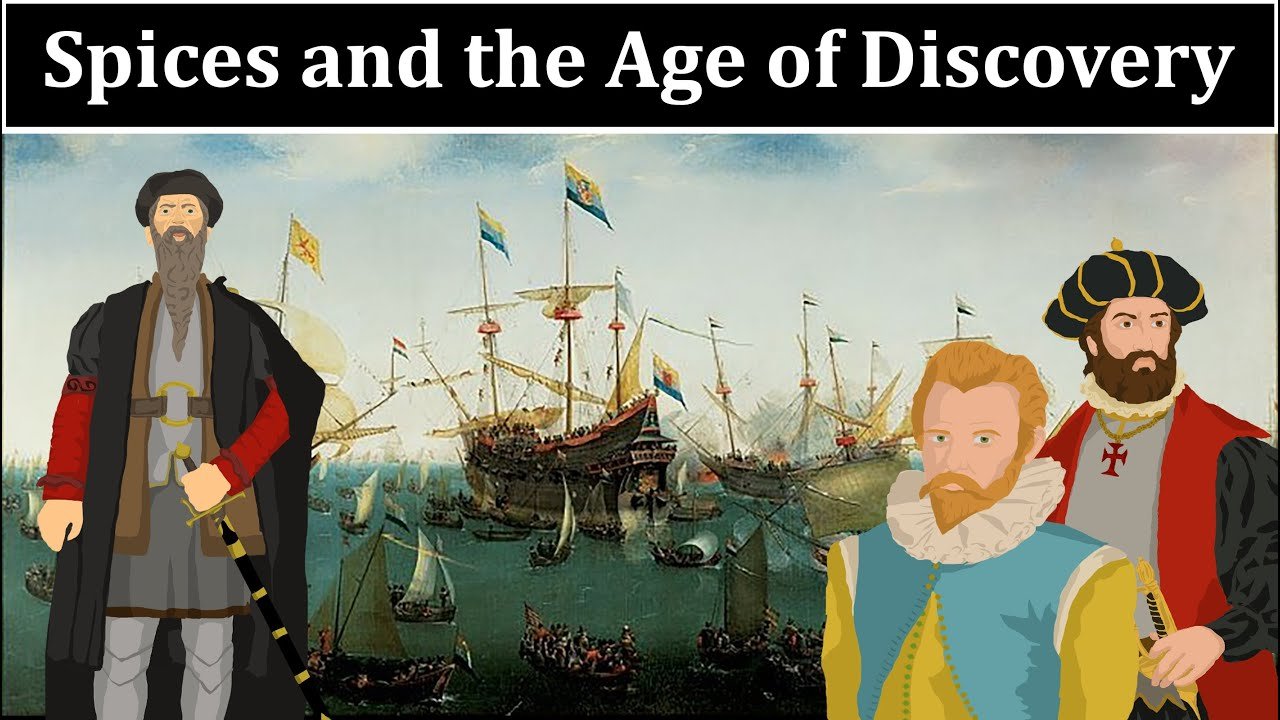Background Information
The Indian Ocean trade network actually started off with small trading settlements at around
200 BC. However, as trade intensified between Africa and Asia, powerful city states
flourished along the East coast of Africa. Later on, the spread of Islam was a major cause
of the rapid expansion of the Indian Ocean trade route. Islam connected South Asians with
Arab merchants, which promoted trade between the two.
Environmental knowledge of the monsoon winds were also crucial in developing the trade route,
as it allowed sailors to navigate more efficiently by waiting for the time where the monsoon
winds would be blowing in favor of their destination.
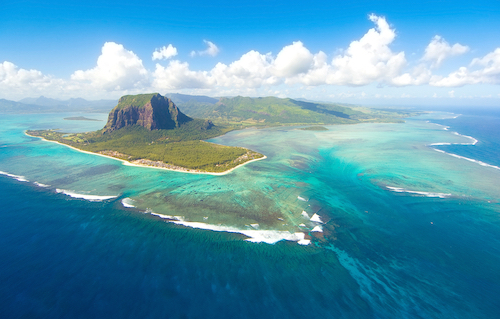
Major Cities
Kilwa
Kilwa traded ivory, gold, slaves, silk, glass and, porcelain Kilwa also relied on the Indian Ocean trade heavily for their wealth. They also amassed large quantity of gold because of their close vicinity to Great Zimbabwe. Kilwa was also a East African trading port that was bustling with trade. This would make Kilwa one of the most important East African trading ports.
Calicut
Calicut along with Cambay, became one of the most important trading centers in Southeast Asia because of trade between East Africa and Southwest Asia. Calicut became a bustling port city for traders seeking spices for trade. In the city, Arabian merchants exchanged goods from the West, while Chinese merchants exchanged goods from East. Rulers of Calicut would welcome these traders, since they brought wealth to the port city.
Famous Travelers
Ibn Battuta
Ibn Battuta traveled to the Red Sea and East coast of Africa, but was not particularly welcome along the East coast of Africa as Islam was a minority religion during his travels. He traveled to Mogadishu, where local officials welcomed Battuta after he became a real scholar. He also found that there was a lot of intermarriage between native Africans and Arab merchants. He noted that this would later trigger the development of the language Swahili, which was a blend of local Bantu languages and Arabic.
During his visit Kilwa in 1332, Battuta said that “The city of Kilwa is amongst the most beautiful of cities and elegantly built.”
Innovations
Lateen Sails
Lateen sails, used first by Arabs and invented in the 2nd century, were sails that were in a triangular shape. They realized that it could capture more air and allowed boats to travel faster because of the increase in surface area. It also allowed the ship to travel much "closer to the wind". As a consequence, travelers and merchants could move faster and trade more, which hugely benefited the trade route.
Money and Currency
Cowrie Shells
The main currency of the Indian Ocean trade basin were cowrie shells exported from the Maldives. They were so valuable that African merchants considered them to be worth more than gold and silver coins. These shells were also almost impossible to counterfeit and were small, portable, and durable, which are all important factors when deciding on a currency. They would appear as standard weight currency in what is now modern-day Benin.
Food and Cuisine
Samosa
Samosas are a popular fried dish among Indians and Southeast Asians. It is a triangular-shaped pastry that contains various savory ingredients, including potatoes. While it originated from India, the dish became popular in the Indian Ocean region, and spread to Southeast Asia, where it is still very popular in Indonesia. Numeous variations of somosas were created, such as the Jewish version, stuffed with lentils, and the Portuguese twist, where they combined samosas with empanadas.
Samosas are made by frying a dough made of maida flour that contains the stuffing in hot vegetable oil. They are traditionally eaten by dipping them in either tamarind or mint chutney.
Fun Facts
Iron ore was traded along the trade route, and came all the way from Australia.
Dhows and tankers were used to transport solids and fluids respectively.
Swahili literally means "coasters".
The city-state of Melaka sustained itself by taxing ships that traveled between the Strait of Melaka.
The Indian Ocean trade would help increase the spread of the Bubonic Plague. A more up lifting fact was that while merchants would wait for favorable monsoon wind conditions, Arab merchants settled in India and married the local women. Because people generally raise their children under the same religion, Islam spread rapidly across the Indian Ocean Trade Basin. These Arabs would help create Diaspora community that would influence the local population with their culture and in turn they were influenced by the local population. This blending of culture would help create a abundance of new culture.
